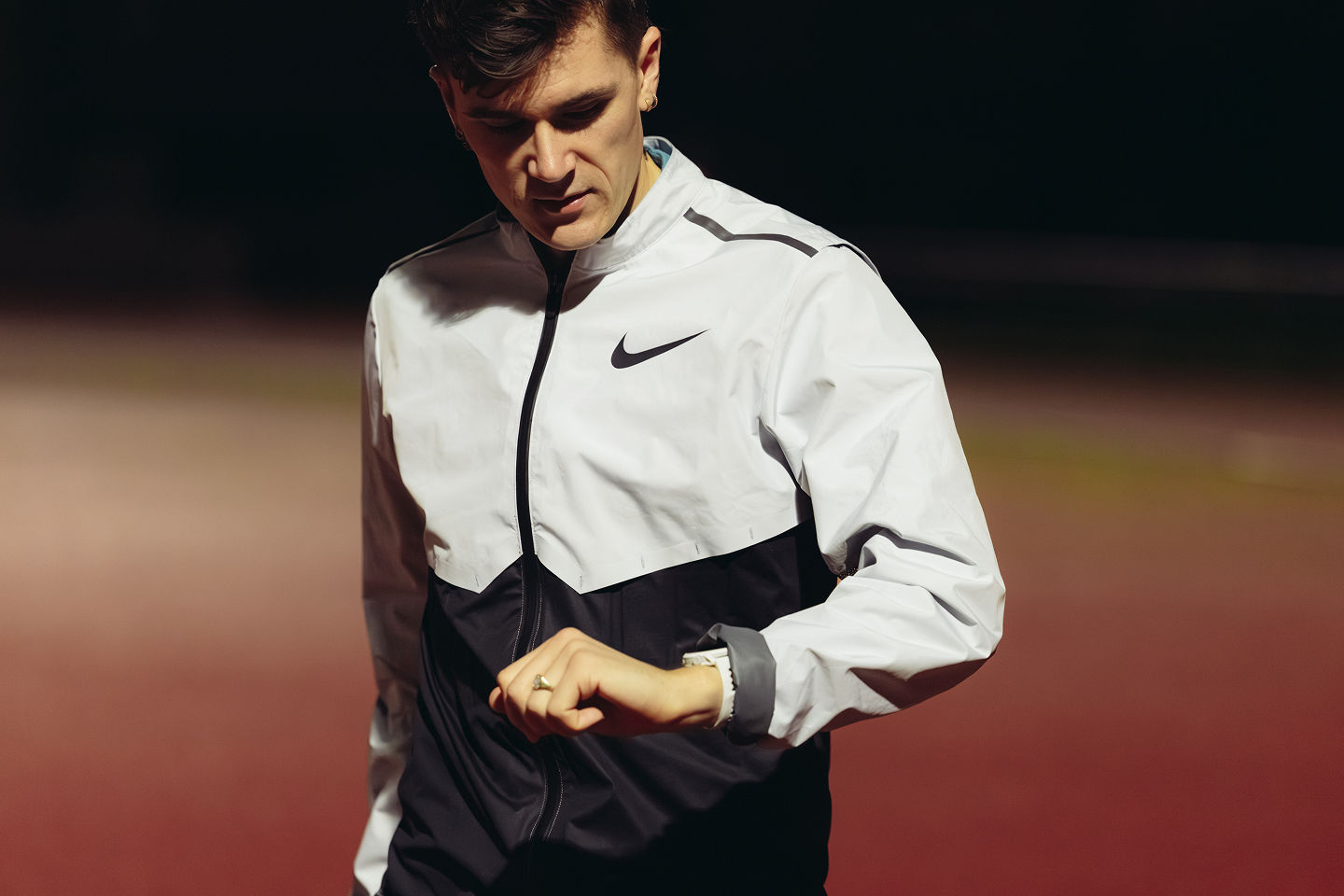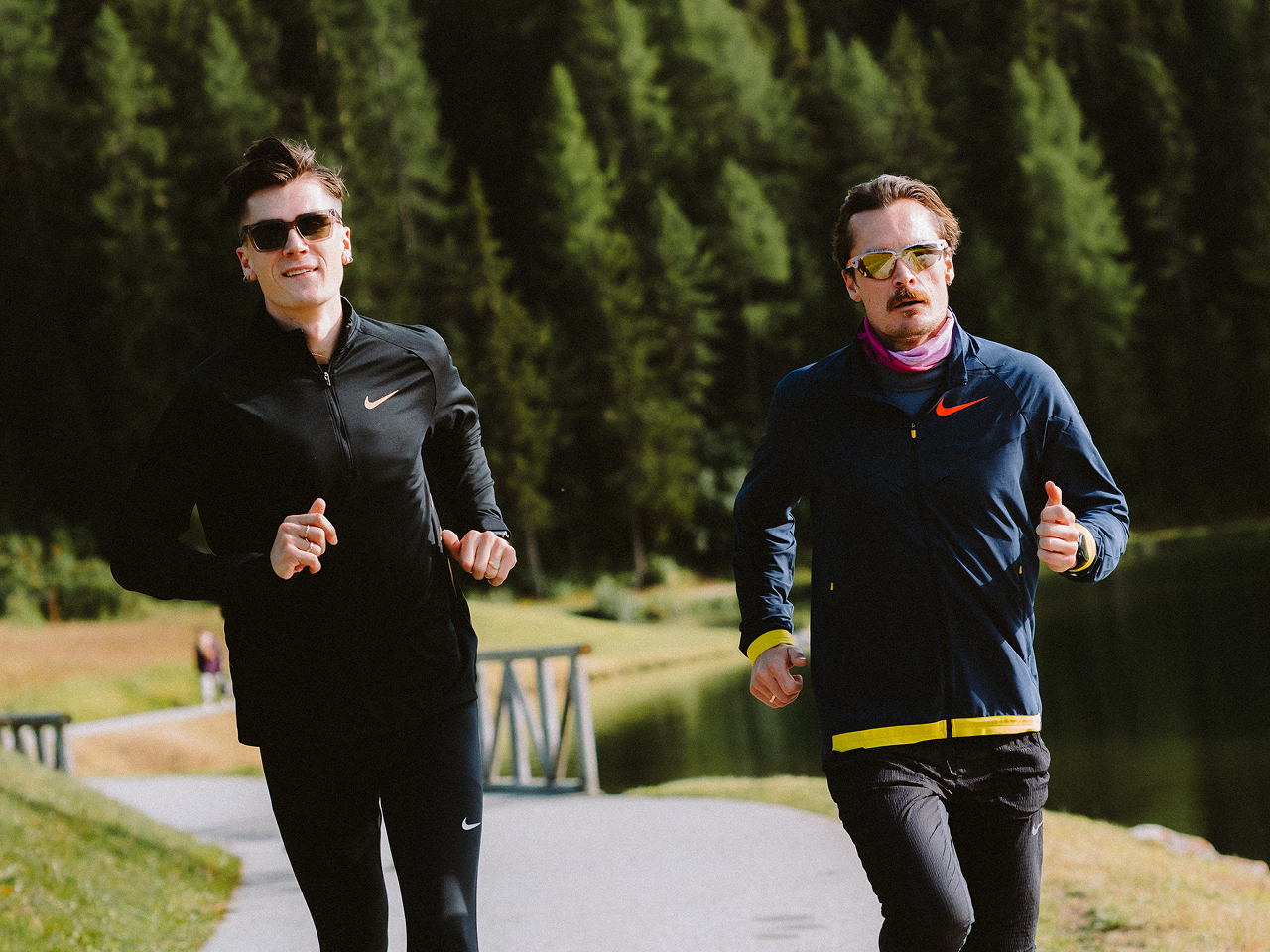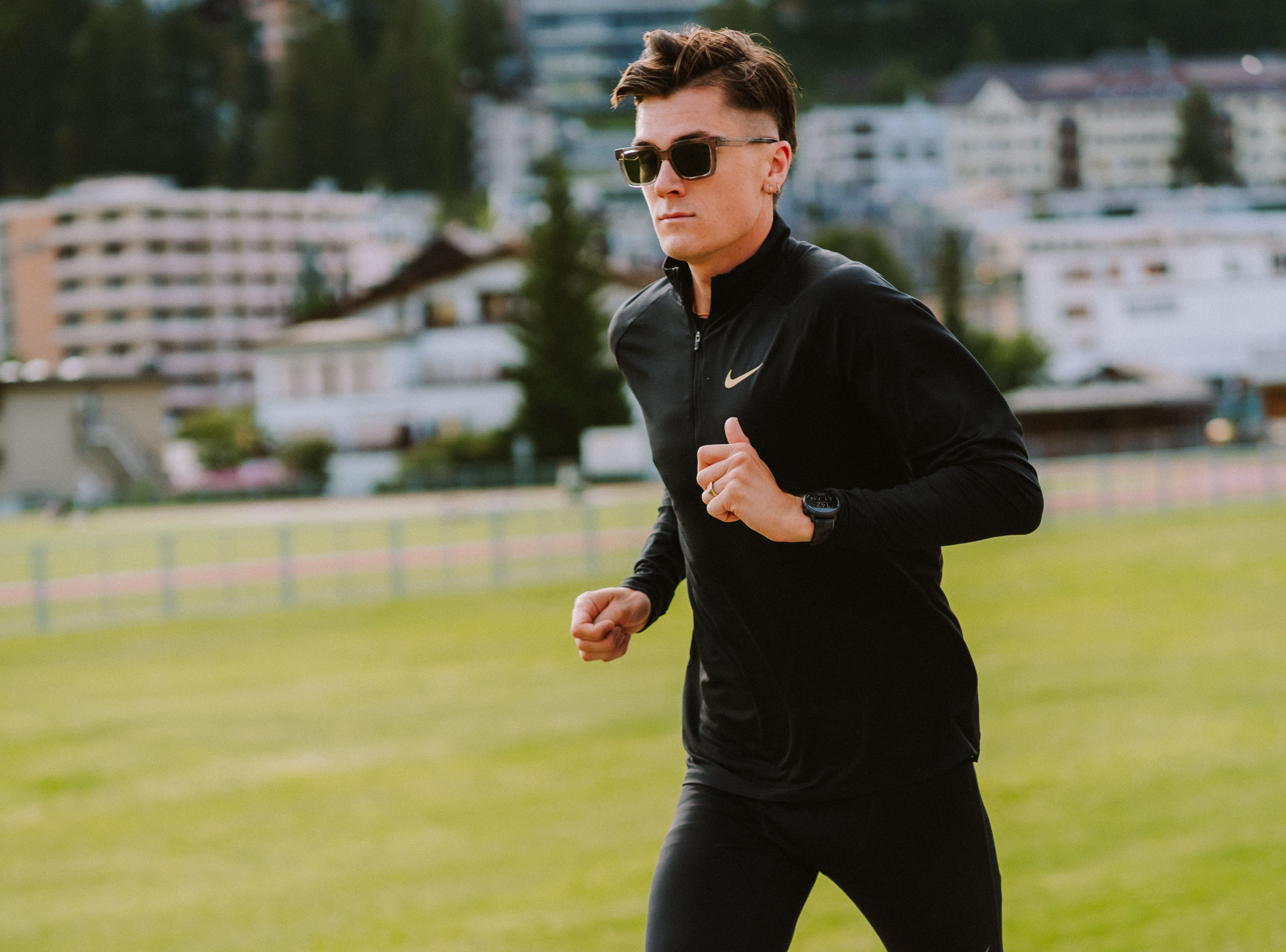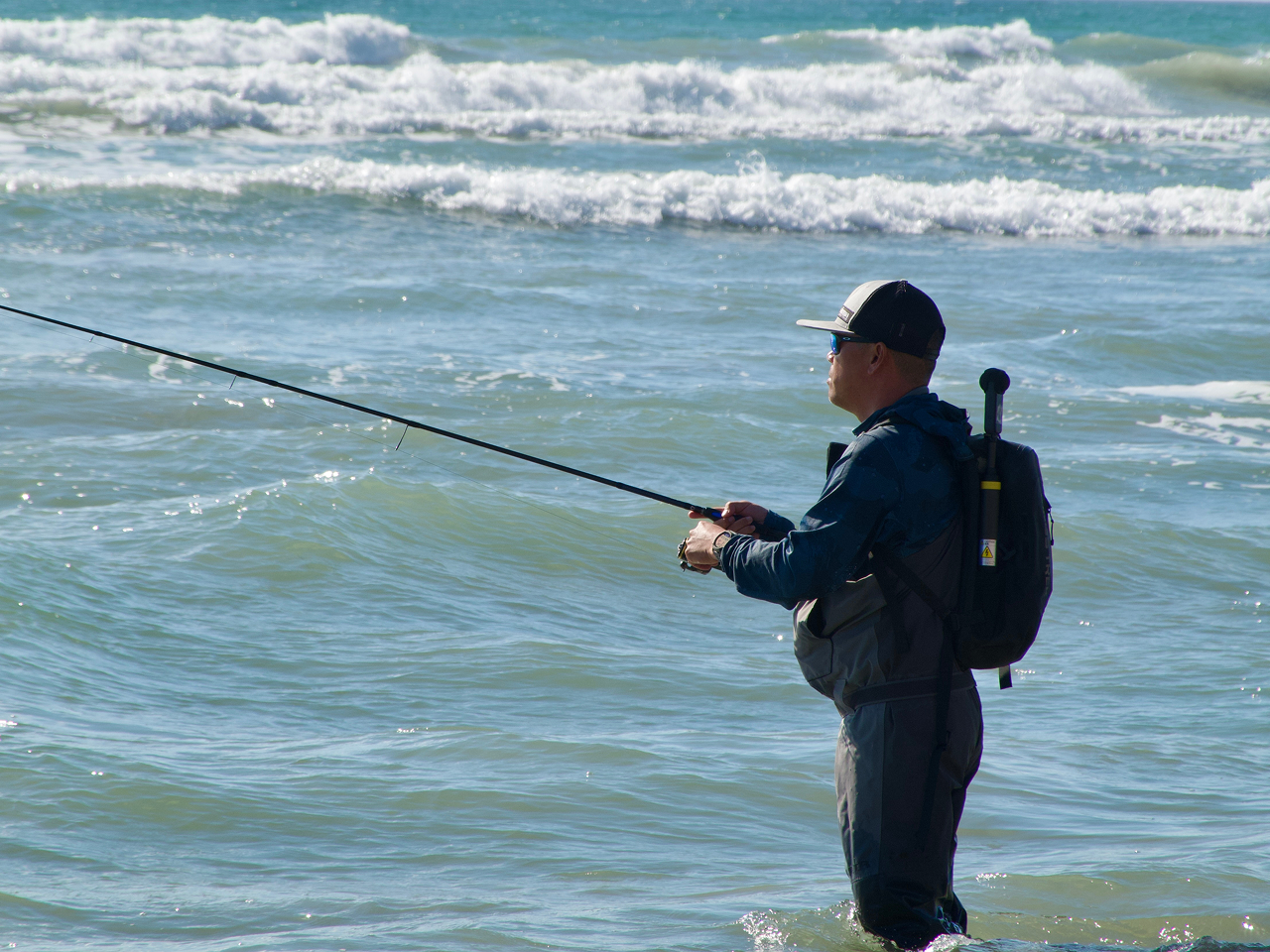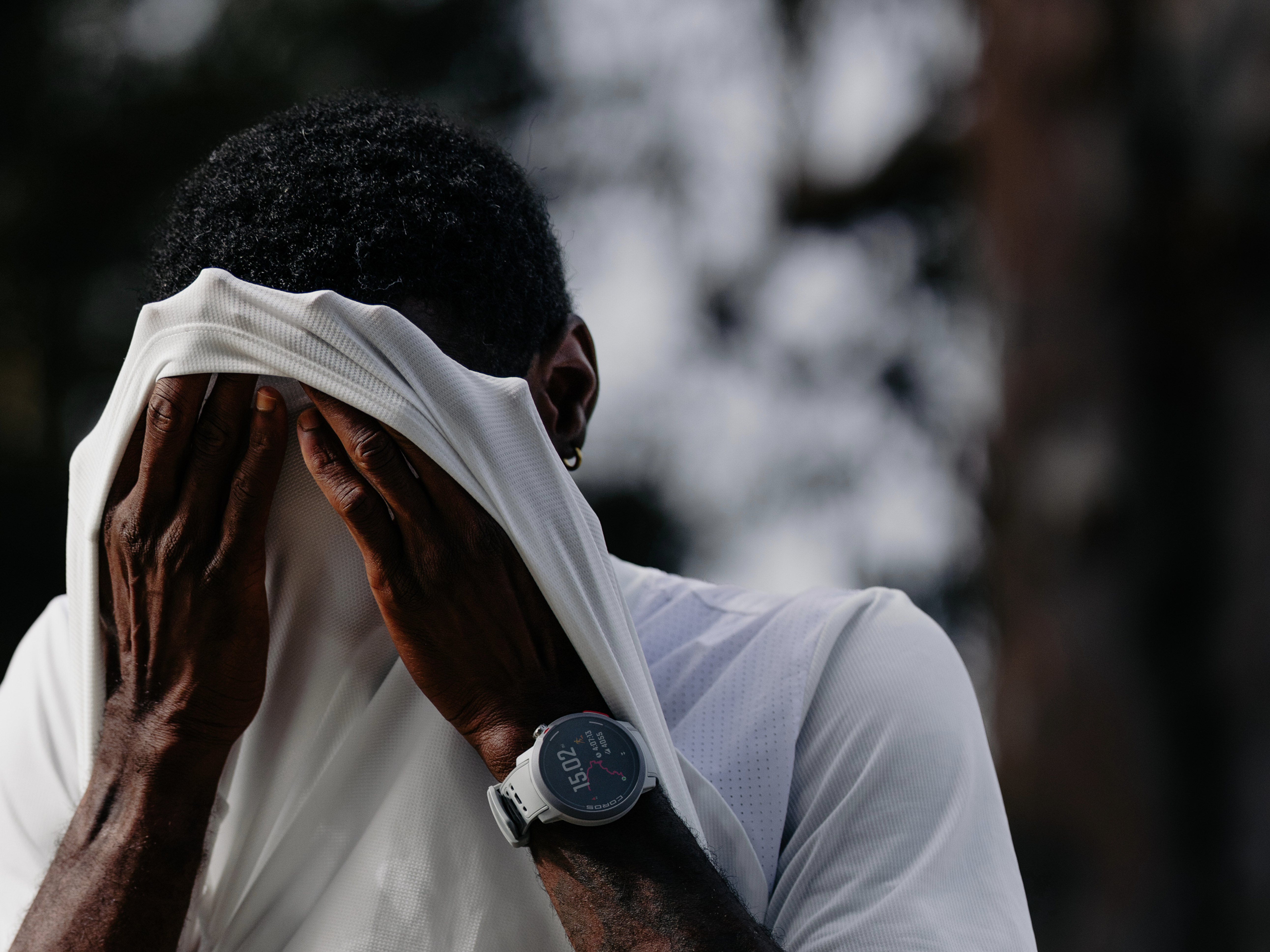Understanding how your training plan works is a game-changer for athletes looking to master their craft. Often, the best way of understanding something is to break it into smaller parts. Coaches call breaking a plan into parts "periodization".
In our plans and in the Training Hub, COROS calls each of these parts "phases". Other coaches may use different terms like "cycle" or "block". However, they all are just different words to describe the smaller parts of a larger plan.
Read on to learn how a training plan is structured, the purpose of each phase, and how to make your own personalized adjustments.
The Training Phases
While each plan may target different workouts depending on the race, the plan structure remains quite similar. This helps in preventing overtraining, reducing the risk of injury, and ensuring that the athlete reaches peak performance at the right time. When using a COROS training plan, you may see the following training phases included:
- Base Phase (General Preparation)
- Build Phase (Specific Preparation)
- Peak Phase (Competition Preparation)
- Taper/Race Phase (Final Taper)
- Transition Phase (Recovery and Off-Season)
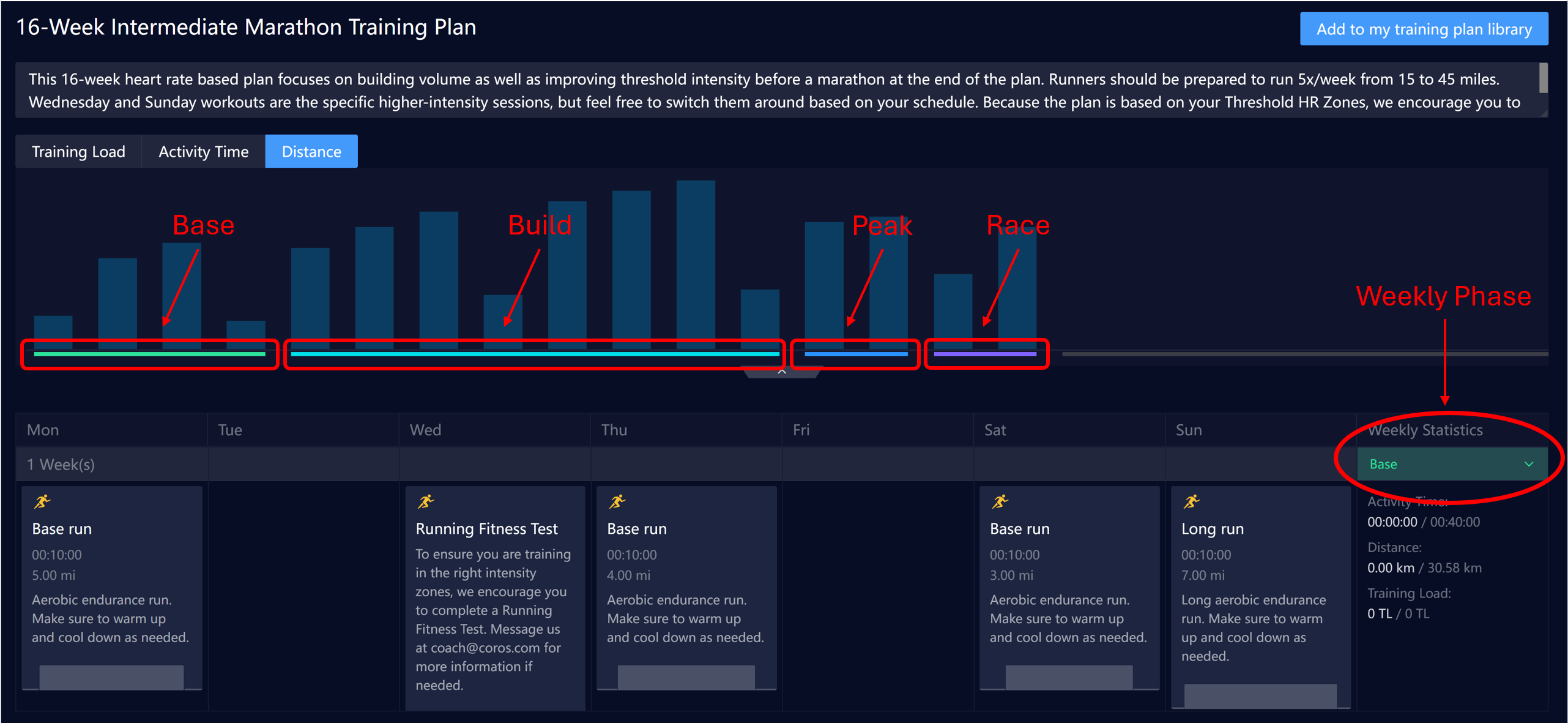
When viewing a training plan, the top graph includes indicators for training phases. Each week also has the current phase alongside the weekly summary. Not every plan will include every phase. Some are may not include a base phase, while others may be exclusively base. Be sure to check the plan description before adding it to your calendar.
Base Phase: Building the Foundation
The base phase is the cornerstone of any periodization plan. This phase focuses on developing a general foundation of fitness. For runners, this includes aerobic endurance, muscular strength, and overall conditioning.
The base phase can vary in length depending on the runner's ability. Experienced runners may carry over fitness from previous training, and could spend less time in this phase. Others may stay in the base phase for as many as 8 to 12 weeks. Most COROS plans have a 3-6 week base phase.
COROS Coaches: The 6-Week Beginner/Intermediate Base plan is an example of a base phase.
Build Phase: Sharpening the Tools
Following the base phase, the build phase lasts about 6-8 weeks and shifts the focus towards more intense sessions. Workouts are aimed at adaptations that will improve your race performance.
Different races have different needs. A 5K, for example, requires a blend of speed, endurance, and a high lactate threshold. As a result, a 5K plan will include workouts that target these needs. Some needs are common across many race distances, like VO2 max and running efficiency.
Here are a few things you may see in this phase:
- Tempo Runs: Sessions in zone 3, or "Aerobic Power" are common across many race distances.
- Hill Repeats: Running up hills at a hard effort to build strength and power.
- Interval Sessions: Short repeats of high-intensity running with rest in between.
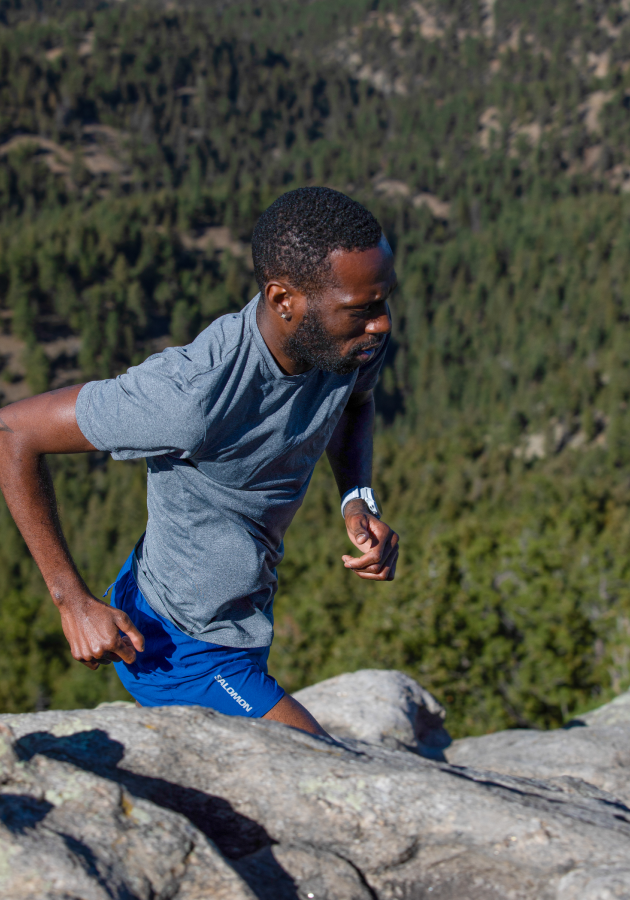
Training plans build up to a peak before the target race
Peak Phase: Fine-Tuning Performance
The peak phase focuses on honing the skills developed in the previous phases. Workouts become more race-specific, and this phase often includes some of the most intense sessions of the training plan. Be sure to put extra focus on balancing intensity and recovery to avoid burnout. This phase lasts just a short period, 2-4 weeks.
A few things to remember for this phase:
- Highly-Focused Workouts: There is only time for a few workouts in this phase, so make each one count. Coaches design each session to target a race-specific skill. Try to focus on each session's targeted skill.
- Race Pace Workouts: Sessions that mimic race conditions, such as 800m repeats at goal 5K pace or a few miles at Marathon pace. These are to improve familiarity and efficiency at the target pace.
- Recovery: In the peak phase, it is more important than ever to take easy days easy, and hard days hard. Take note of your recovery runs and off days.
Race Phase: Preparing for Performance
The race phase, usually lasting 1-2 weeks, is also commonly called a taper. This period focuses on recovery, allowing the body to adapt to the previous training. During this phase, the volume of training is significantly reduced, but intensity is maintained. Of course, at the end of this phase is your target race.
Key aspects include:
- Reduced Volume: Cutting back on overall weekly mileage to allow the body to repair and replenish energy stores.
- Sharp Workouts: Short, high-intensity efforts to keep the muscles primed without inducing fatigue.
- Rest and Recovery: Prioritize sleep, nutrition, and mental preparation to ensure peak performance on race day.
Coaches Tip: The weeks following a race can be considered a "Transition Phase" for recovery and reflection. Check out this blog on how long to recover post-race, and be sure to take a moment to analyze your strengths & weaknesses before attacking your next goal!
Tailoring to Individual Needs
While the traditional phases provide a general framework, it's crucial to tailor the plan to individual needs when necessary. Factors such as the athlete's experience level, injury history, and specific goals should influence an athlete's training.
- Beginner Runners might spend more time in the base phase to build a solid aerobic foundation before incorporating more intense workouts.
- Experienced Runners can handle more advanced workouts and shorter build phases, focusing on fine-tuning performance.
- Injury-Prone Athletes should include more cross-training and strength work to prevent overuse injuries and maintain balance.
COROS Coaches provides training plans for various race distances, using the goals and demands of each distance to include properly targeted workouts. Our Workout & Training Plan Library has plans for athletes of all levels, allowing you to choose the one that aligns with your goals.
Conclusion
Understanding periodization is a powerful tool for both coaches and athletes, allowing runners to build fitness, sharpen their skills, and peak at the right time. By understanding and implementing the different phases—base, build, peak, race, and transition—athletes can enhance their training efficiency, minimize the risk of injury, and achieve their racing goals.
/filters:quality(90)/fit-in/24x24/coros-v2/images/4fbd8cc7f8e10727238ed4fd78204aed.png)

/filters:quality(90)/fit-in/970x750/coros-web-faq/upload/images/baa9d179d32144258d595629481dbc0a.png)
